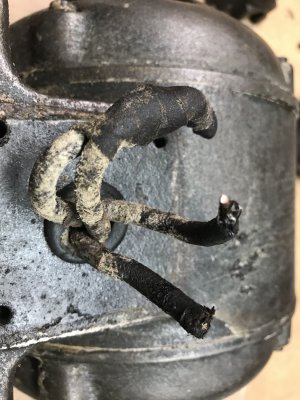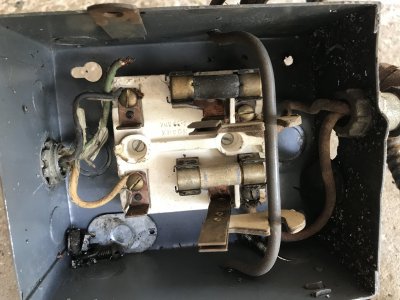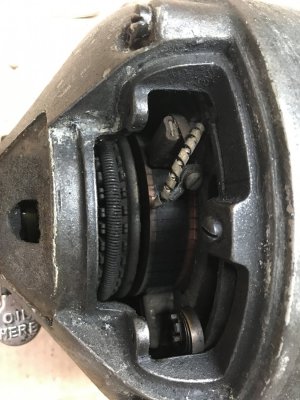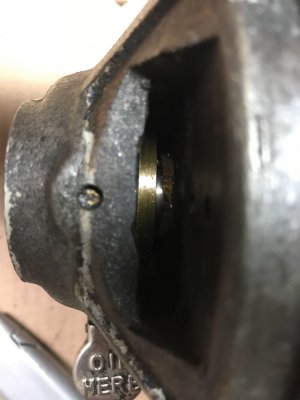- Joined
- Feb 4, 2021
- Messages
- 171
Hey Guys,
Recently picked up an old Burke No. 4 Horizontal Mill. Does not look like it has run in a LONG time. The motor is an old Westinghouse 1/2hp motor (1 phase 110/220). Photo attached. Just cleaned some of the old dirt and oil off of it, and I would like to see if it will run, and if so, clean it up and put a coat of paint and use it. Can someone out there point me towards a good procedure (written, or youtube) that I could follow to complete this process? I also took a photo of the power system. The two wires on the left side of the electrical assembly entered the motor through the bump-out on the
right side of the motor.
Couple general questions:
- Given that there are oil cups, does that infer that there are no bearings?
- No attached wiring diagram, so how can I tell if it is wired for 110 or 220? (I would prefer 110) Can I assume that since there were only two wires going into the motor, that it is wired for 110?
- Why would the power need to go through the mills own fuse box, instead of directly to the switch, and into the motor? (I've also included a phot of the guts of the fuse box.)
Please share any suggestions, insight, or warnings.
Thanks,
Greg
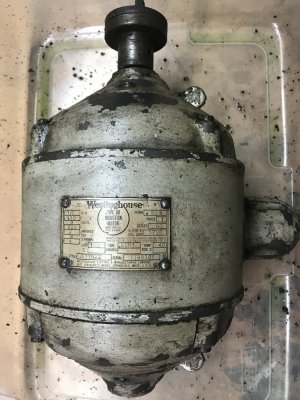
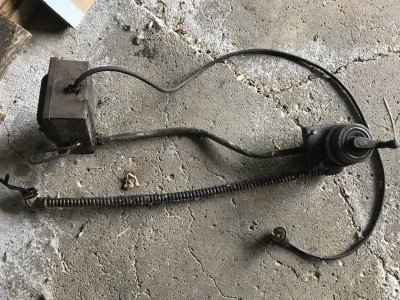
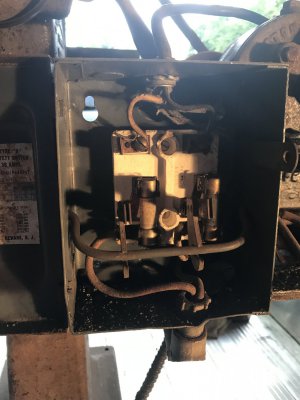
Recently picked up an old Burke No. 4 Horizontal Mill. Does not look like it has run in a LONG time. The motor is an old Westinghouse 1/2hp motor (1 phase 110/220). Photo attached. Just cleaned some of the old dirt and oil off of it, and I would like to see if it will run, and if so, clean it up and put a coat of paint and use it. Can someone out there point me towards a good procedure (written, or youtube) that I could follow to complete this process? I also took a photo of the power system. The two wires on the left side of the electrical assembly entered the motor through the bump-out on the
right side of the motor.
Couple general questions:
- Given that there are oil cups, does that infer that there are no bearings?
- No attached wiring diagram, so how can I tell if it is wired for 110 or 220? (I would prefer 110) Can I assume that since there were only two wires going into the motor, that it is wired for 110?
- Why would the power need to go through the mills own fuse box, instead of directly to the switch, and into the motor? (I've also included a phot of the guts of the fuse box.)
Please share any suggestions, insight, or warnings.
Thanks,
Greg





